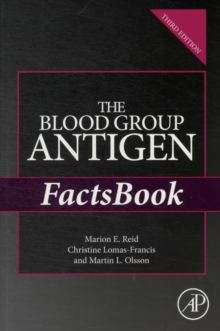
Description
The Complement FactsBook contains entries on all components of the Complement System, including C1q and Lectins, C3 Family, Serine Proteases, Serum Regulators of Complement Activation, Cell Surface Proteins, and Terminal Pathway Proteins. Domain Structure diagrams are incorporated to clearly illustrate the relationships between all the complement proteins, both within families and between families. The FactsBook also includes the cDNA sequences, marked with intron/exon boundaries, which will facilitate genetic studies.
- Includes the cDNA sequences, marked with intron/exon boundaries, facilitating genetic studies
- Presents detailed structural information including cDNA and gene structure for all proteins
- Introduces complement function, simply described for each function
- Data is as up-to-date as possible, including unpublished work from many contributors
- Incorporates domain structures diagrams, which beautifully illustrate the relationship between all the complement proteins, both within, and between, familiesEach chapter has been written by an expert in the field
- Data is as up-to-date as possible, including unpublished work from many contributors
- Entries provide information on: Alternative nomenclature, Physiochemical properties, Structure and function, Tissue distribution and regulation expression, Protein sequence/modules, Chromosomal location, Genomic structure, Database accession numbers, Deficiency and polymorphic variants, Key references
Information
-
Download - Immediately Available
- Format:PDF
- Pages:240 pages
- Publisher:Elsevier Science
- Publication Date:28/10/1999
- Category:
- ISBN:9780080529554
Information
-
Download - Immediately Available
- Format:PDF
- Pages:240 pages
- Publisher:Elsevier Science
- Publication Date:28/10/1999
- Category:
- ISBN:9780080529554










